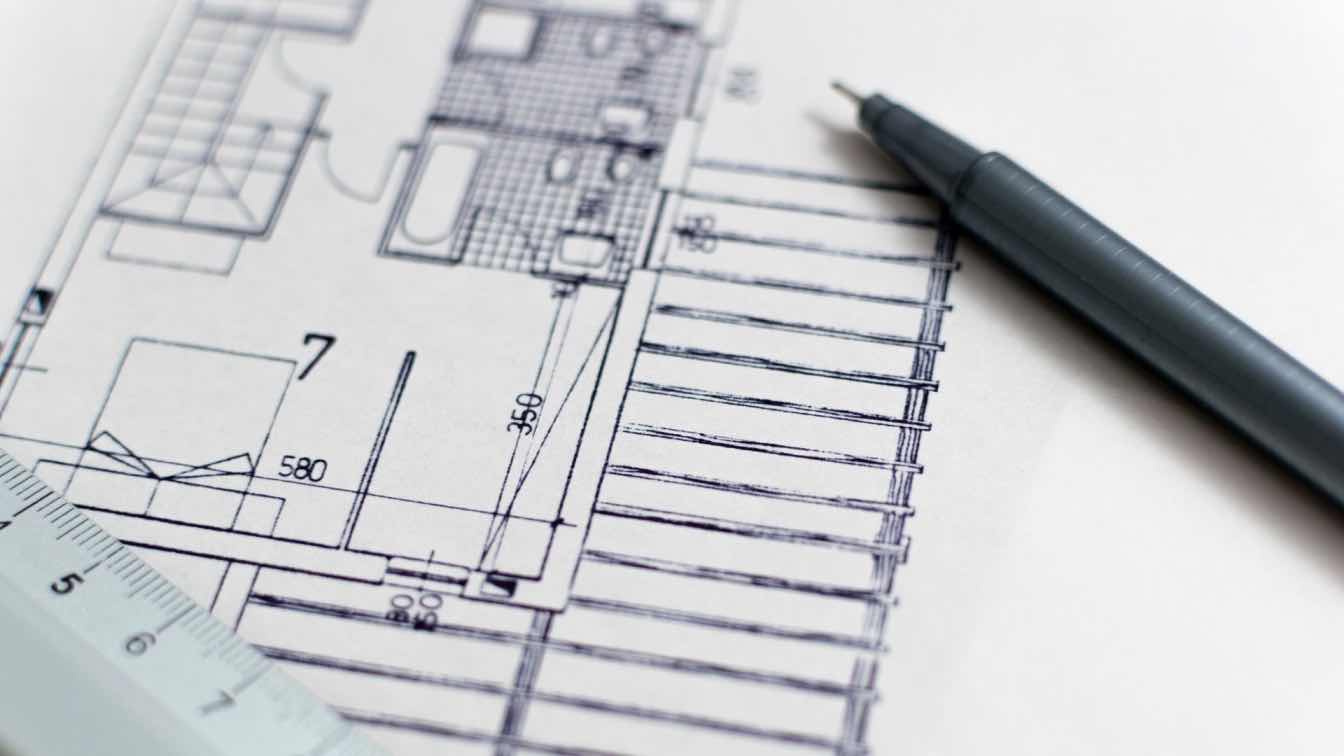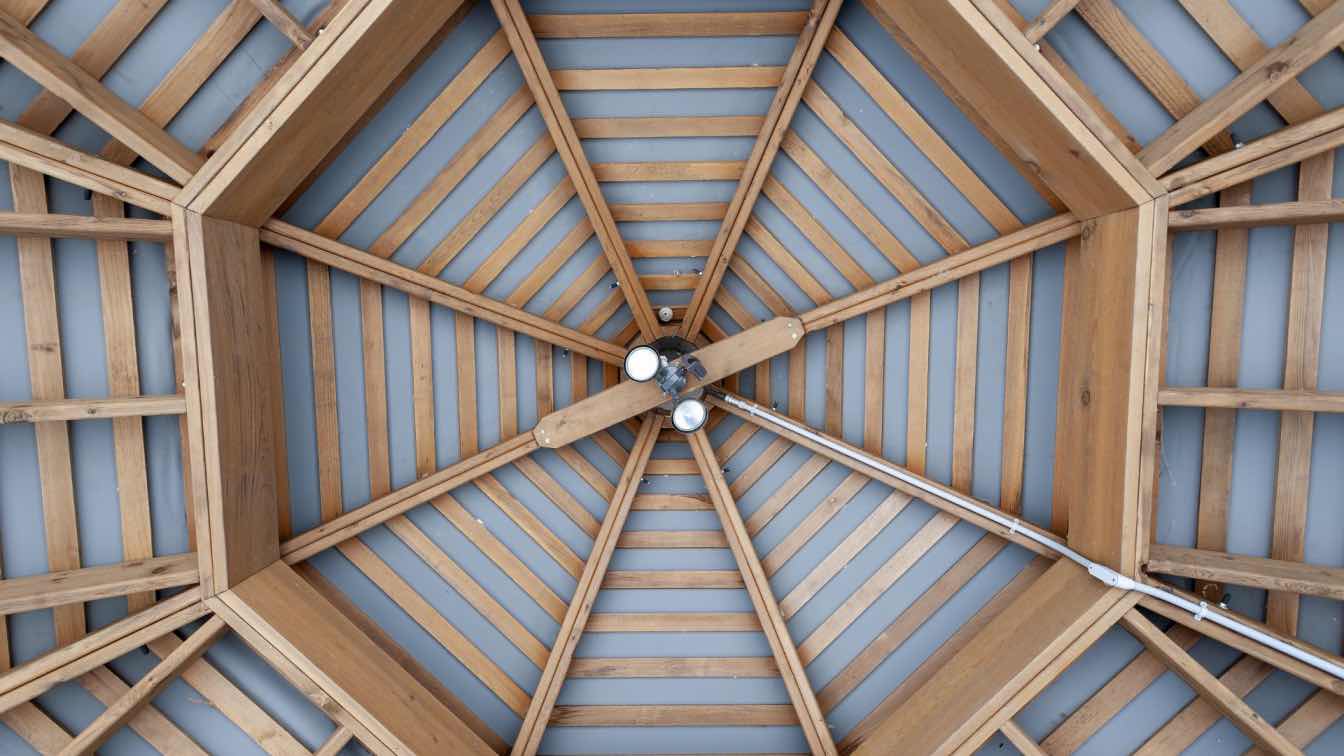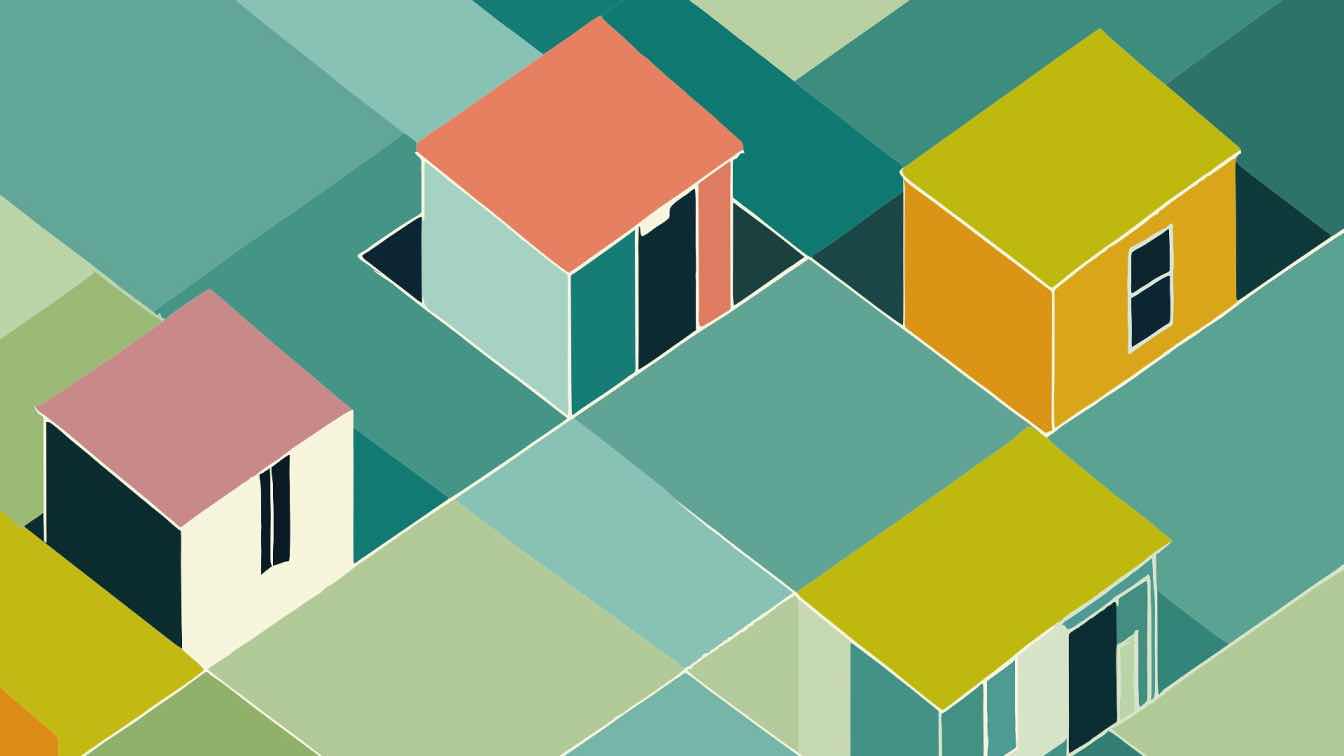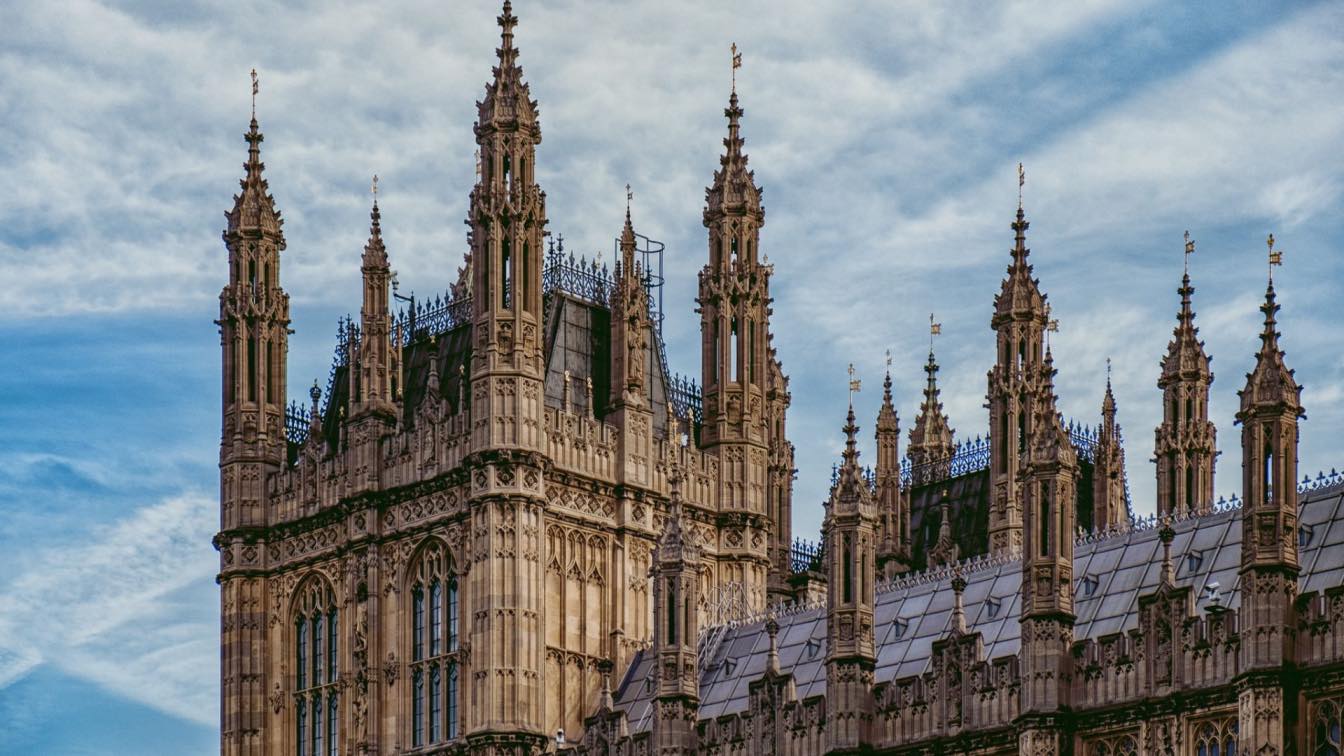Post and beam construction impressively combines functionality and aesthetics, making it an indispensable part of contemporary architecture. This construction method has a rich tradition in Germany, significantly shaping the modern architectural landscape. The following explores the fascinating development of this construction principle from its beginnings to current trends. It becomes clear how this innovative technique not only sustainably changes and improves the design but also the use of buildings.
Historical Background and Development
Post and beam architecture in Germany has its roots in the early 20th century when architects and engineers sought creative solutions to make buildings more flexible and efficient. Over the years, complex construction techniques have evolved—from traditional wood and sturdy steel to modern composite materials. This evolution is exemplified by Modern German Post & Beam Architecture, which has left a lasting mark on the cityscapes of many German cities. Furthermore, the ongoing development shows how innovative approaches like energy efficiency and digital planning adapt the architectural form to future challenges.
Materials and Construction Techniques
Modern post and beam architecture is characterized by a variety of materials and techniques. Light metals, such as aluminum and durable steel, are often used for load-bearing elements, while glass, composite materials, and other infill elements form the filler sections. These technical connections determine the stability and tightness of the entire structure. The combination of different components offers solutions for diverse requirements and design ideas. The focus is always on practical utility, whether through energy efficiency or flexible space design.
Sustainability and Energy Efficiency
Post and beam architecture plays a key role in increasing sustainability and energy efficiency in construction. By using top-quality materials and current technologies, buildings with excellent thermal insulation and minimal energy consumption are realized. Additionally, large window areas promote the use of daylight and significantly reduce the need for artificial lighting. Post and beam facades also offer great flexibility to adapt to different usage requirements and enable creative space configurations. Recyclable materials and the possibility of disassembly enhance resource conservation and contribute to the ecological balance of buildings.
Aesthetics and Design
The aesthetics of post and beam architecture captivate with elegant, slender profiles and generous glass surfaces that lend a timeless elegance to the buildings. The creative combination of different materials and colors allows for unique facade designs that emphasize the individual character of each construction and create futuristic designs. This innovative construction method creates impressive transparency and harmonious transitions between interior and exterior spaces. These light-filled, open spaces not only create a pleasant atmosphere but also enhance the quality of life by providing inviting environments for working and living—a true feel-good ambiance.
Applications in Germany
In Germany, post and beam architecture finds broad application in both commercial and public as well as private sectors. Whether in office or administrative buildings, schools and hospitals, or shopping centers and residential buildings—the possibilities for use are diverse. This construction method promotes creative design concepts that elegantly combine functionality with appealing aesthetics. Its flexibility in space design and high light permeability create a pleasantly bright atmosphere. Additionally, the innovative use of a wide range of materials enables modern, sustainable solutions that meet the demands of the times.
Future Trends and Innovations
Energy efficiency and sustainability are at the forefront of future developments. Innovative materials like recycled plastics and composite materials are becoming increasingly popular, significantly improving the ecological balance of buildings. Additionally, photovoltaic elements and green facades are gaining importance to further minimize the ecological footprint. Modern planning methods optimize the implementation of post and beam facades and open up versatile design possibilities. Such advances set new standards and demonstrate how architecture can harmonize functionality and environmental friendliness.
Closing Remarks on the Significance of Modern Post & Beam Architecture
Post and beam architecture has become a cornerstone of the architectural scene in Germany. This construction method ideally combines functionality, appealing aesthetics, and sustainable approaches, offering versatile design possibilities for a wide range of buildings. It is well-equipped for future challenges, integrating advanced materials and energy-efficient technologies. Thus, it remains a key player in continuously redefining the standards of a sustainable building culture in Germany.





